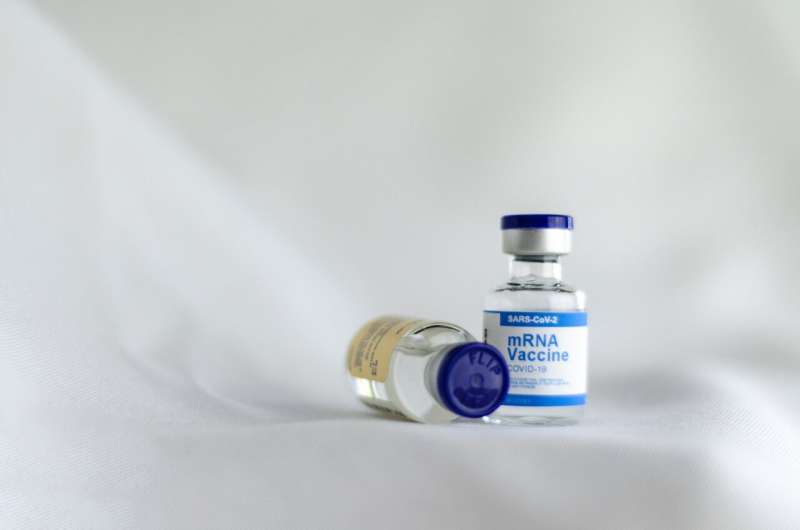Pfizer jab side effects in 12-15 year olds at high risk of COVID-19 complications, mild to moderate


The side effects of the Pfizer-BioNTech jab against COVID-19 are likely to be mild to moderate and clear up quickly in 12-15 year olds at high risk of complications from the infection because of certain coexisting conditions, reveals a small study accepted for publication in the Archives of Disease in Childhood.
Although the study numbers are small, the data are representative of those teens most likely to benefit from the vaccination, and should offer reassurance to parents and clinicians, say the authors.
Healthy children with COVID-19 infection generally have a mild illness, but some coexisting conditions, particularly neurological conditions, are associated with severe disease.
These high risk children were therefore shielded to reduce their risk of infection, and wouldn’t have been included in early vaccine safety studies, say the authors.
The UK’s vaccine advisory group, the Joint Committee on Vaccination and Immunisation (JCVI), advised that children aged 12 and over with severe neurological disabilities, who tend to get recurrent respiratory infections and have complex care needs, should be offered the COVID-19 jab.
Given the unknown side effects of vaccination in this complex and vulnerable group, the authors asked the parents of 27 of these children to record any side effects of subsequent COVID-19 vaccinations for each child.
The children were aged between 12 and 15; three were hospital inpatients; 16 were boys and most (21) were white.
They had various neurological conditions, including muscular dystrophy and cerebral palsy, plus a range of coexisting medical conditions, such as epilepsy, congenital heart defects, and immune deficiency, for which they were receiving drug treatment of various kinds.
The reported side effects were all mild to moderate, with the exception of one child who experienced severe fatigue and discomfort, combined with increased agitation. One family also reported that seizure type changed to clusters, although this had resolved a week later.
In all, there were 8 ‘events’ in 6 children after the first dose, all of which resolved within 72 hours: mild rash; headache; diarrhoea; presumed sore throat; neck pain; difficulty sleeping; and low blood glucose.
After the second dose, 8 additional events occurred in 5 children: diarrhoea; vomiting; armpit swelling; and blisters around the mouth.
Paracetamol use after the first dose was high and fever was more common than reported in studies of adults (13% vs 4% in 16-55 year olds). But all recorded side effects cleared up within a week.
“Numbers were small, but these data are especially important as they are representative of the children who are most likely to benefit from vaccination, and parents and clinicians may have concerns regarding an increased risk of unexpected events,” note the authors.
Source: Read Full Article




